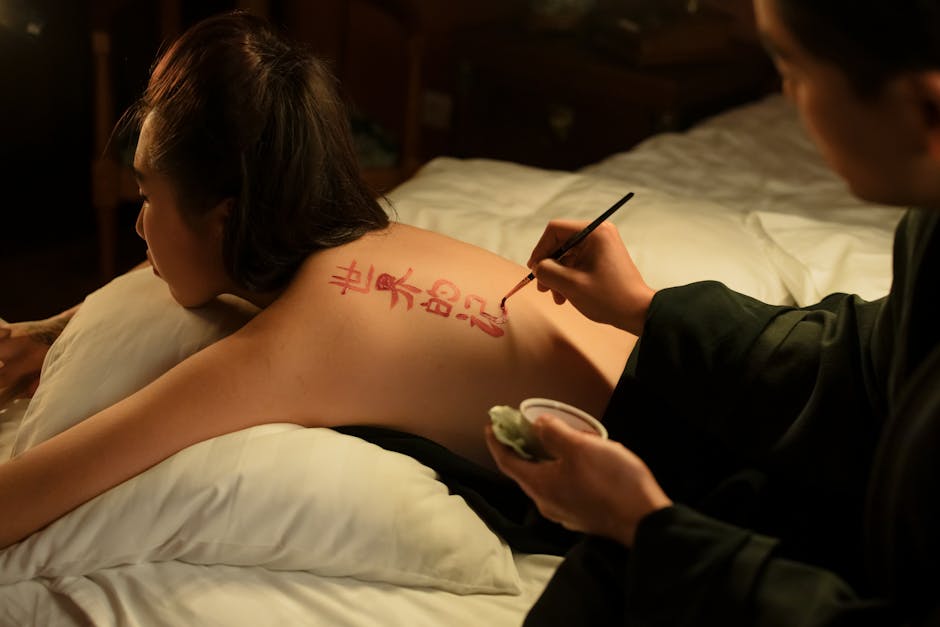
In the vibrant heart of Tokyo, Sumida Ward stands as a proud guardian of Japan's rich artistic legacy. It's a place where tradition isn't just remembered, but actively lived and crafted. Recently, a truly special opportunity unfolded over 2 days, inviting enthusiasts and the curious alike to delve deep into the world of Japanese traditional crafts through exclusive production demonstration sessions featuring two exquisite art forms: Edo Kimekomi Ningyo and Byobu.
Edo Kimekomi Ningyo: The Art of Dressed Dolls
The creation of Edo Kimekomi Ningyo, or "wood-carved dolls dressed in fabric," is a testament to meticulous craftsmanship and an enduring aesthetic. Originating in Kyoto and flourishing in Edo (present-day Tokyo), these dolls are far more than mere playthings; they are cherished cultural artifacts, often passed down through generations.
The Artisan's Touch: From Wood to Woven Beauty
The journey of an Edo Kimekomi Ningyo begins with a carved wooden base, often made from Paulownia wood, known for its lightness and fine grain. What sets Kimekomi apart is the unique "kimekomi" technique: the artisan carves shallow grooves into the doll's body, into which carefully cut pieces of fabric – often exquisite silks, brocades, or intricate patterns – are tucked and glued. This process requires incredible precision, a deep understanding of textiles, and an artistic eye for how fabric drapes and interacts with the doll's form.
Each fold, each curve, each subtle expression on the doll's face is a reflection of the artisan's exceptional skill. The commitment to materials is paramount; only the finest fabrics are chosen to imbue the dolls with a lifelike quality and luxurious texture. In modern life, these dolls continue to grace homes as decorative art, symbolize good fortune, and serve as cherished gifts during traditional festivals, connecting us to a timeless cultural narrative.
Byobu: Screens that Tell a Story
Equally captivating are the Byobu, or traditional Japanese folding screens. More than just room dividers, Byobu are expansive canvases, merging functional design with breathtaking artistry. Their history stretches back centuries, evolving from practical windbreaks to sophisticated decorative pieces adorning noble residences and temples.
Engineering Elegance: The Structure and the Scene
The creation of a Byobu is a complex, multi-stage process that showcases an artisan's mastery across several disciplines. It begins with a lightweight wooden frame, meticulously constructed without nails, relying instead on intricate joinery. This frame is then covered with multiple layers of washi paper, applied with precise tension to create a smooth, durable surface. This layering technique, known as "hari-ji," prevents warping and ensures the screen's longevity.
Upon this prepared surface, the true artistry unfolds. Painters apply intricate scenes – often landscapes, flora, fauna, or historical narratives – using mineral pigments and sometimes shimmering gold leaf. The artisan's exceptional skills are evident in the delicate brushwork, the harmonious composition, and the seamless flow of the artwork across multiple panels. The choice of materials, from the quality of the wood and paper to the vibrancy of the pigments and the luster of the gold, is crucial to the final masterpiece.
Today, Byobu continue to be revered. They function as striking art pieces in contemporary interiors, adding a touch of traditional elegance and a focal point that sparks conversation. They are collected, admired, and occasionally still used for their original purpose, demonstrating how ancient crafts can gracefully adapt to modern living.
Sumida's Enduring Legacy
Experiencing these production demonstration sessions in Sumida Ward offers a rare glimpse into the dedication and passion that fuel Japan's traditional artisans. It's an opportunity to witness firsthand the intricate steps, the unwavering focus, and the deep respect for materials that define these crafts. These 2 days of immersion served as a powerful reminder of the beauty and resilience of Japanese traditional arts, crafted right here in our local community.
By engaging with such events, we not only celebrate the past but also actively participate in ensuring these invaluable skills and stories continue to thrive for generations to come.
Comments
Post a Comment